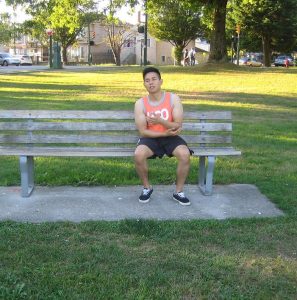A sprain involves injury to one or several ligaments. The ligaments are usually present at the joints and responsible for connecting 2 bones together.
https://www.youtube.com/watch?v=iQ6OesdfWSk
Indications
- Pain brought about the abrupt force or twisting motion
- Swelling around the affected area that manifests right away
- In severe injuries, bruising can occur.
- The ligament is usually tender to the touch
Swelling around the affected area that manifests right away. - Difficulty or inability to completely move the joint
- Instability of the joint in severe cases
How do I end up with a sprain?
The ligaments are typically damaged when force is placed on the joint or to one of the bones forming the joint. In most cases of sprains, they involve the lateral ankle and the MCL of the knee. Remember that a sprain is different from a strain which is an injury affecting the muscles.
Classification
A sprain can form in varying degrees of severity from minimal stretching of the ligament or a complete rupture. The injury is categorized from grade 1-3.
- Grade 1 – involves stretching of the ligament, possibly with minimal tearing
- Grade 2 – is more severe in which almost 90% of the ligament fibers are torn
- Grade 3 – involves complete rupture of the ligament
Management
The treatment for a sprain initially includes rest, application of ice, compression and elevation. These measures are vital in preventing further damage as well as minimize the bleeding and swelling.
Additional treatment is based on the extent of the injury. The individual should start with exercises as soon as possible to maintain mobility and restore strength and balance. For minor injuries, it might be possible within 2 days after the injury with return to sport in 1-2 weeks. As for grade 2 and 3 injuries, it will take a longer time to heal.
If in doubt, an X-ray is usually required to assess if there are no associated fractures. For moderate to major sprains, a sports injury professional must be consulted. The appropriate treatment can help the individual resume sport as soon as possible. The commonly used treatment options include:
- Ultrasound
- Sports massage
- Mobilization
- TENS
- Strengthening and mobility exercises
- Balance or proprioception exercises
More Information / Disclaimer
The information posted on this page on a sprain is for learning purposes only. Learn to recognize and manage sprains by taking a standard first aid course with Ottawa First Aid.

